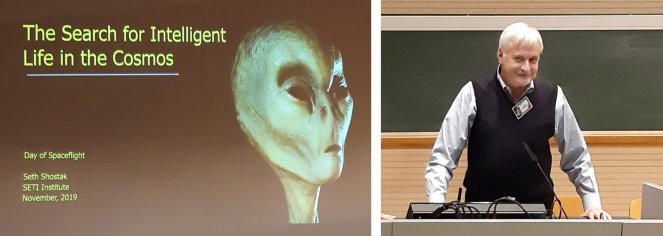The Aerospace History Blog - Page 02
Post 009
(click to enlarge - the file may not be modified - commercial
use is prohibited.)
A Messerschmitt with a Torpedo
To extend the range of an air launched torpedo, the ship and aviation
company Blohm und Voss developed in World War 2 a glider for the
torpedo LT 950 C. Tests with varying aircraft types of the Luftwaffe in
the years 1942 and 1943 with this L10 glider were not successful. The
smalest of all types used was the Messerschmitt Me 410. These tests
were flown from the Peenemunde research center or the torpedo test
center at Gotenhaven-Hexengrund (now Gdynia in Poland), both at the
Baltic coast. The pictures below may show the situation of attaching a
L10 to the Me 410 at one of the two locations.

(click to enlarge - the file may not be modified - commercial use
is prohibited.)
Post 010
“So much Know-how - but no Money!”
During the Berlin Air Show 2000 the famous russian cosmomonaut
Alexei Leonov gave me 20 minutes of his time for a conversation.
Talking about the russian space shuttle Buran, he introduced me to
Dr. Valery P. Timoshenko, than director of the NPO Molniya space
company. Dr. Timoshenko was the head of the russian team that
developed the tiles for Burans heat shield.
He was very sad about the state of development of the russian space
program and the Buran in special. He was in 2000 working on the
Maks-project of a small shuttle. This spacecraft was to be launched
from the giant carrier aircraft Antonov An-225. His tiles would be used
on the Maks too. Unlike the NASA version of the heat shield, there
was a layer of ablative material - used on the Soyus heat shield -
underneath the tiles as a safety measure. Dr. Timoshenko rated the
chance to see the Maks fly very low. “So much know-how in Russia -
but no money!”
He gave me a brochure about the Buran that illustraded this fact. It
was years old and was printed in very poor quality, but there was
nothing better.
Post 011
The German space company OHB presented a mockup of the Dream Chaser at the Berlin Air Show 2016.
An airlock for crew transfer and two rocket engines are located at the rear. (click to enlarge - the file may
not be modified - commercial use is prohibited.)
Dream Chaser - the Mini-Shuttle
Being a hybrid of the NASA Lifting Body Martin Marietta X-24 from the
1960s and the Russian Bor-4 from the 1980s, the Dream Chaser
(formerly known as HL-10) seems to be close to the finish line for a
maiden flight in 2022/23 (see also post 006). The Sierra Nevada Corp.
has taken over development and is now (January 2021) in the process of
final assembly of the prototype. Flight- and landing-tests have been
carried out successfully since 2010.
Planned as a supply vehicle for space stations, Dream Chaser suffered a
setback in 2014 when NASA selected the Boeing Starliner and SpaceX
CrewDragon as the only spaceships for crew transfer to the space
station ISS. Dream Chaser is planned to fly with a crew of two or in
unmanned mode. The unmanned vehicle is to fly first. The Atlas 5 rocket
has been selected for launch.
Europe proposed to use the new launcher Ariane 6 for Dream Chaser.
The European Space Agency ESA and the German OHB company
conducted several studies on its use as an orbiting research vehicle.
NASA, however, is skeptical about the potential of the Dream Chaser.

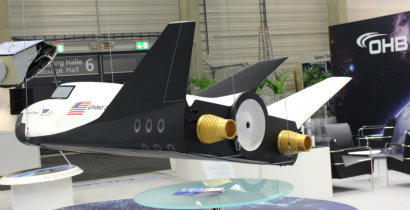
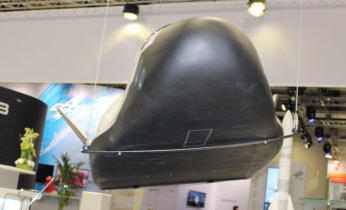
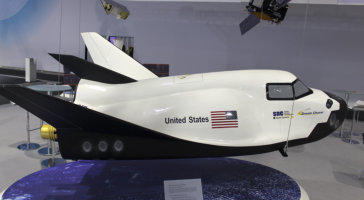
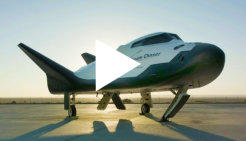
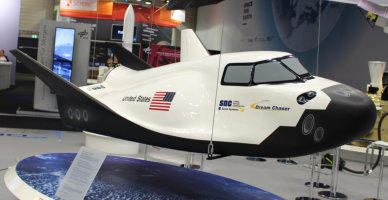
Video: Dream Chaser explained 4:52 min.
(click to watch on youtube.com)
This brochure was meant to promote
the Russian space shuttle Buran.
(click to see the brochure - the file may
not be modified - commercial use is
prohibited.)


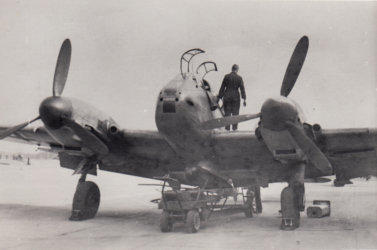
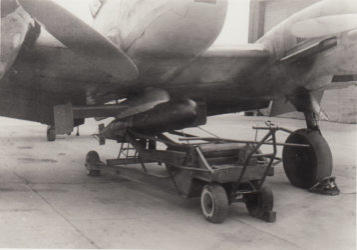




Posted by Uwe W. Jack
Posted by Uwe W. Jack
Posted by Uwe W. Jack
Post 012
The Adcom company promoted five designs of Unmanned Aerial Vehicles. The aircraft that I saw from a short distance were of good
production quality - but not the brochures. (click to see the brochure - the file may not be modified - commercial use is prohibited.)
Interesting UAV-Designs from the Emirates
One player on the global market for unmanned aerial vehicles UAV is
Adcom Systems from Abu Dhabi in the United Arab Emirates. Adcom
has developed some unusal designs for UAVs. They presented their
products from 2013 at the Air Shows at Paris, Farnborough and
Moscow. The company showed a very restrictive communication policy.
Although I was a member of the aviation press, access to the aircraft
was not allowed. Not until I told my dialog partner, that I had worked in
the same business for years and had faced the same problems in a
market that is dominated by UAVs from the USA and Israel, the
conversation became more open and we started exchanging our
experiences.
My partner committed me a set of flyer describing the UAV types offered
by Adcom. As I looked at the data sheet for the United40 vehicle
standing in front of us, I had to express my doubts. The United40 has
the same span as the aircraft what is now the Safran/Sagem Patroller,
the plane I have worked on. Despite a twin wing design and a weighty,
more powerful engine (160 hp compared to 115 hp), the United40
claimed to have an empty mass of only 580 kg, 40 kg less than the
Patroller. Best of all was the given endurance of 120 hours with more
payload than the french/german Patroller.
So much for marketing! In 2018 Algeria published having purchased
some UAVs from Adcom, including two United40 aircraft.
The uniqe tandem-wing United40 UAV, honoring
40 years of United Arab Emirates.

Posted by Uwe W. Jack
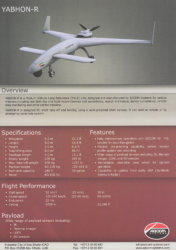
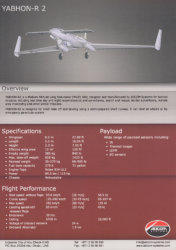
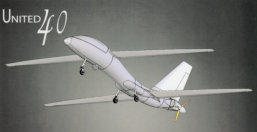
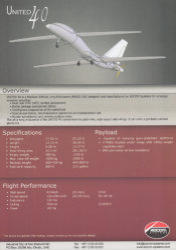
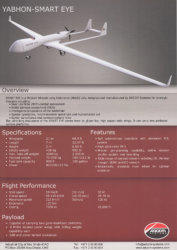

Post 013
The Air Launch brochure gives
interesting data.
(click to see the brochure - the file
may not be modified - commercial
use is prohibited.)
Satellite Air Launch - Russian Style
When I studied at the Technical Universtity of Berlin in the late 1970s,
my Professor started laughing when I ask, if air launch would be a
possible way to bring small satellites into earth orbit at low costs. All
satellites then had been heavy and very expansive, but it was clear that
this was changing. There had been some air launch projects in the
1950s but such ideas have never been seriously investigated.
Years later “Pegasus” was successful and Sir Richard Branson will
launch his rocket “Launcher One” from a modified Boeing 747 “Cosmic
Girl”. Both systems use part of the airspeed of the carrier aircraft.
Pegasus even has wings.
In Russia, the Polyot company had the project to drop a rocket out of
the tail ramp of an Antonow An-124 transporter. The rocket will fall nose
down, ignite and fly a 180 degree turn to head into space. What a waste
of energy and fuel! The two stage rocket would have a take-off mass of
around 100 tons! Payload for a 200 km orbit was given as 3.5 tons. The
two stage Launcher One lifts 0.5 tons to this orbit, having a take-off
mass of 30 tons. Virgin Orbit plans the first flight for 2021, while Polyot
had abandoned the project after its partner Indonesia showed no more
interest.
The Polyot company planned to convert the
giant Antov An-124 into a satellite launcher.

Posted by Uwe W. Jack
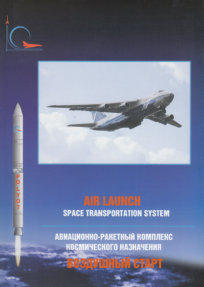
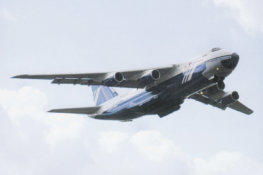
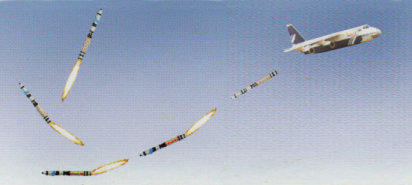
Post 014
(click to enlarge - the file may not be modified - commercial use is prohibited.)
A rare Messerschmitt “Gustav”
under repair at Leningrad
This interesting Messerschmitt Bf 109 is under repair at the Luftwaffe
base at Leningrad in Russia during the winter 1943/44. The tail-wheel
has been removed. The short radio mast and the large bulge for the MG
over its engine (A) and the small bulge just forward of the windscreen
(B) points to the G-6 variant. The two small bulges visible at the
fuselage side (C) under the forward canopy strut are attachment points
for an umbrella, providing shade for cockpit and pilot in hot environment.
So this is a rare “trop” (Tropen) version: Bf 109 G-6/trop.
The aircraft carries a yellow band around its nose aft of the black
spinner. This is the identification sign of Luftwaffe aircraft at the Russian
front. The aircraft is finished with washable white color, except some
small parts like the (white or yellow) number 2.

Posted by Uwe W. Jack
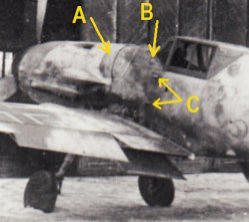

Post 015
(click to see the bruchure - the file may
not be modified - commercial use is
prohibited.)
A modern veteran:
Boeing AH-64 Apache
Despite the fact that the Boeing AH-64 Apache helicopter was flown for
the first time in 1989, today its block III version is up to date.
Packed with electronics and computers and heavily laden with all kinds
of weapons, the Apache is a formidable fighting machine. Boeing has
presumably aimed primarily at sales to middle east and asian countries
at trade fairs in the last years.
In this six page brochure, Boeing presents the new features of the
block III enhancement for the AH-64.

Posted by Uwe W. Jack



Post 016
The second prototype of the C.C.2 landed in Rome-Guidonia
on November 30, 1941. Pilot Mario de Bernardi and engineer
Giovanni Pedace wait for Benito Mussolini to arrive at the
airport to greet them. (click to enlarge - the file may not be
modified - commercial use is prohibited.)
The unknown second jet aircraft
On August 27, 1940, an aircraft took off near Milan in Italy which, in
the opinion of the designers at the time, should revolutionize aviation -
and which is now completely forgotten. With the Caproni-Campini
C.C.2, the first Italian jet aircraft took off for its 10-minute maiden flight.
Since the flight of the German Jet aircraft Heinkel He 178 in August
1939 was not known, it was believed in Italy that they had flown the
world's first jet.
In the C.C.2, the compressor in the bow was driven by a piston engine
and gasoline was then added to the air in the tail and ignited. This
principle of jet propulsion has not caught on. It wasn't very successful
either, the C.C.2 only reached a top speed of 375 km/h.
Two prototypes were built. One can be seen today in the Aviation
Museum Vigna di Valle near Rome.

Posted by Uwe W. Jack

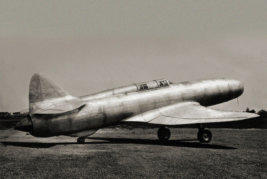
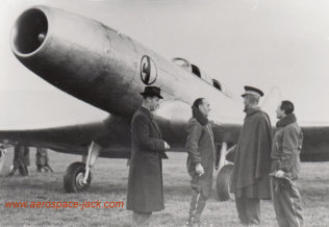
The first prototype of the C.C.2 during
take-off run.
Post 017
Seth Shostak is an extremely patient person who, although pressured from all sides,
always remained friendly and relaxed
A conversation in the elevator about Aliens
As Berlin is sinking into the snow in January 2021, I read one of my
favorite books once again: Carl Sagan's science fiction novel
"Contact" about the Search for Extraterrestrial Intelligence (SETI).
This reminded me that in November 2019 I had the opportunity to
speak briefly with Seth Shostak, the head of the SETI program. One
day of a space congress was dedicated to this topic. Shostak was
besieged all day and I don't like to rush through to celebrities at
events. After a few conversations at the hotel bar, I finally wanted to
go to bed after 10 p.m. and waited alone for the elevator. Suddenly
Seth Shostak was standing next to me.
That is exactly the situation that startups are allowed to practice: "You
have 20 seconds to present your project". We both had to go to the
top floor. So I asked him what he thought of the theory that the most
likely contact with a foreign civilization would not take place via radio
but with one of their machines. Shostak laughed: "My optimism to
establish quick radio contact with the aliens has vanished after
decades of searching."
There were two chairs on our floor, Shostak sat down and we talked
for a good 15 minutes. He never gave up hope of receiving radio
signals. The search has meanwhile been expanded to include optical
signals. And when the aliens send out robotic probes to explore
space, like humanity does, they will have to communicate with those
probes. Sooner or later we will receive such a signal and know that
we are not alone in the universe.

Posted by Uwe W. Jack

My recommendation:
Carl Sagans book is not only a science
fiction novel but an excursion into the
relationship between science and religion.

